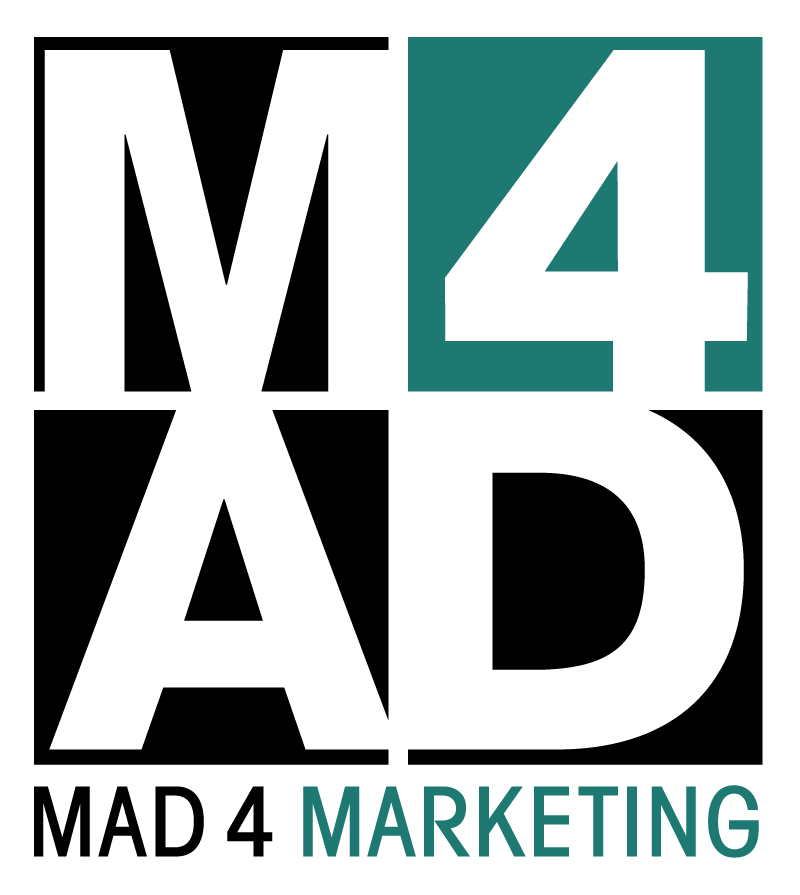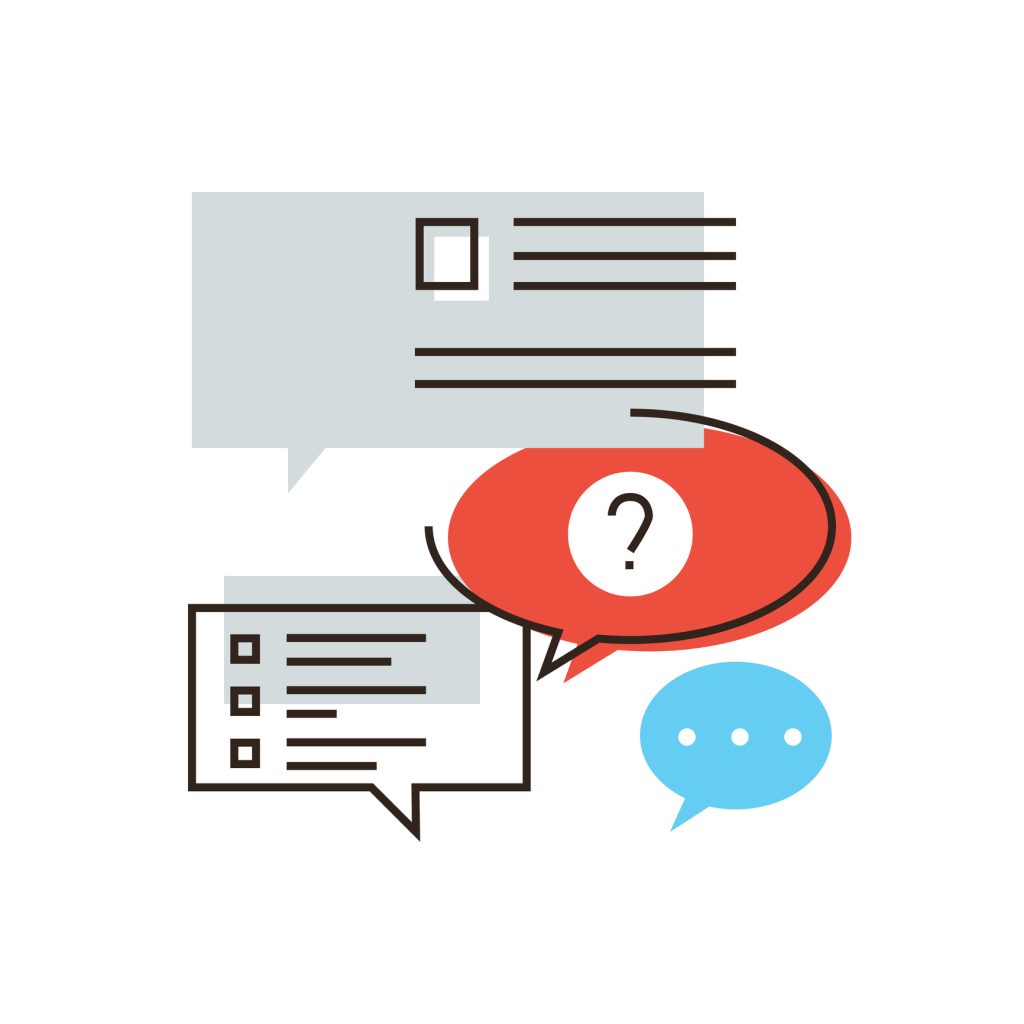Your communications need to remain consistent if you want to get the right message across.[/caption] No-one likes to feel unimportant, or forgettable. Even if you make all of the right moves and gestures, sometimes it’s the little things that can trip you up the most: like telling the same anecdote twice, or forgetting someone’s birthday. That’s also true in marketing. Just like your favorite television series, it can be disorienting when the narrative that you’re following with a brand stops making sense. It might seem like a snub to loyal viewers who’ve stuck with the series long enough to remember previous storylines. Meanwhile, these are exactly the fans who deserve to be rewarded the most for their investment–and it would be a shame to lose the followers who actually care enough to pay attention. So before you drop the thread, even by accident, such as during employee transitions or after there’s been a lapse in communications for awhile, it’s important to consider quality control processes that might allow you to maintain continuity with your communications. The best way to look like you’ve got your act together is by tracking conversations between your company and external audiences, in their myriad forms. Below are a few examples of when and how to manage consistency and continuity in various areas of your business.

